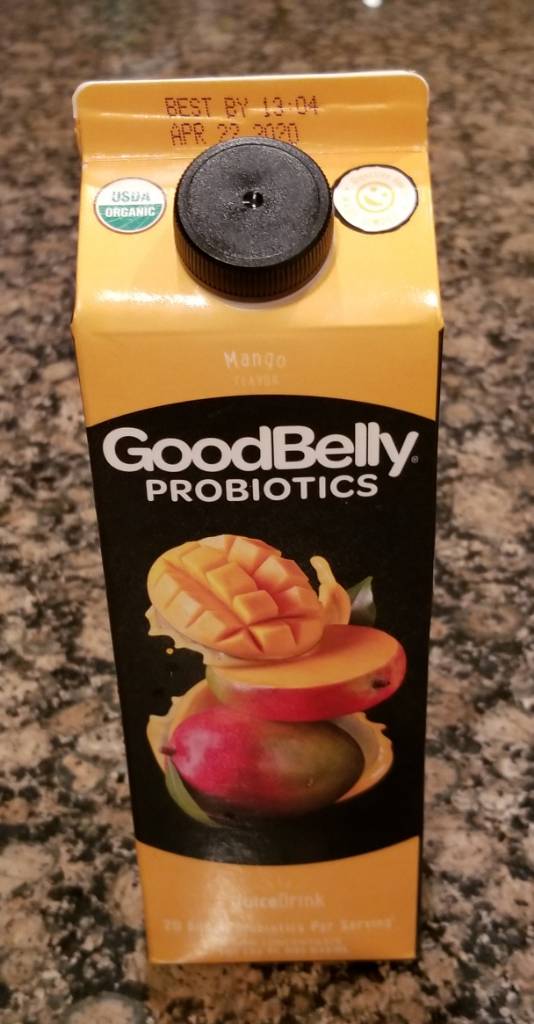"A small number of strains of
Lactobacillus can also break down
polysaccharides and starches. They are referred to as "amylolytic LAB". They generally belong to the species
Lb. manihotivorans,
L. fermentum,
L. amylovorus,
L. amylophilus,
L. plantarum or
L. amylolyticus." [emphasis added]
In other words, it's possible. As I mentioned, I have heard of brewers pitching Lacto after primary and the beer still souring (don't know what species off the top of my head). Furthermore, I've heard of many beers unintentionally souring after primary fermentation.
My understanding is that while some strains of Lacto can consume the dextrins left over in the wort (and thereby produce acidity) after yeast fermentation, they will do so relatively slowly. So this may not be helpful to you since you're wanting this beer done quickly.
I think yes it's likely that you pitched the bacteria "too little, too late", and/or it's possible the culture was just dead or had low viability.
Pitching a strong yeast starter has a lot of benefits with regard to contamination; positive pressure from CO2 production physically helps keep out microbes; psychologically, brewers are less likely to open the fermentation vessel if they see the airlock bubbling so there's less opportunity for contamination; oxygen consumption by the pitched yeast limits growth of aerobic organisms; alcohol production kills many wild microbes, so quicker fermentation means less chance for them to multiply; the yeast consume micronutrients including zinc and other important co-factors as well as nitrogen, phosphorus, etc.
However, I routinely make continually stirred yeast starters and pitch lots of yeast even when post-souring. For my mixed Brett fast sours I pitch not one, but
two different yeast starters, and then the bacteria later (from a buffered starter). For co-souring I use 1-2 capsules per 5 gallons. The Lacto generally is pretty aggressive in my experience (not out-competed by yeast), though I don't have experience with GoodBelly in particular.
Sorry this hasn't worked out well for you this time.





